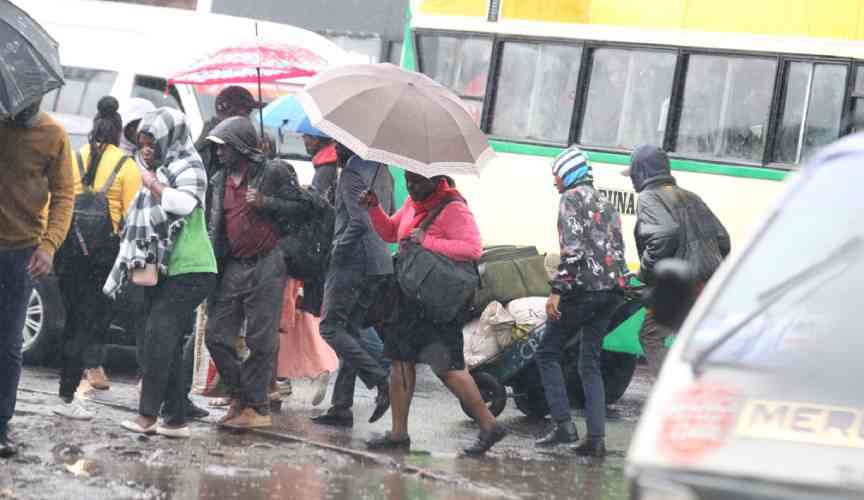Traffic is a nightmare that Nairobi residents wake up to on a daily basis. With an estimated population of five million riding on and dodging two million vehicles, Nairobians do not know when they will wake up to a gridlock-free city, or who will be their saviour.
Ambitious and many a time outrageous plans -- including introduction of trams and cable cars -- have been developed, nay suggested by the county government to decongest Nairobi’s roads, but none has so far been implemented.
While Nairobi residents, and Kenyans in general, like to boast that they have the best facilities in the region, the city of Dar-es-Salaam showed them during the week that they (Nairobians) are thousands of miles behind when it comes to dealing with urban transport chaos.
The city of Dar-es- Salaam launched the region’s first mass rapid transit bus system aimed at reducing traffic by using dedicated lanes and stops.
A few months back, Ethiopia unveiled its more expensive mass rapid transit train network, developed with the same objective -- decongestion.
Instead of leading the pack, Nairobi is now trailing other regional cities in as far as decongestion is concerned. What are we doing wrong?
The answer is very simple. Instead of developing plans that are unattainable, Nairobi should find out what it can do with the existing infrastructure to alleviate congestion.
Traffic Problem
Part of the long term strategy the ‘powers that be’ have implemented, is building a bypass network of roads that lead out of the city, but that has failed to solve the traffic problem.
Removal of the numerous round-abouts and replacing them with four-way stop and go junctions would work, but it seems Nairobi’s planners are, as it were, still stuck in a rut, and seem to enjoy talking about traffic jams and how they can be done away with, but do little to that effect.
It can make sense, and decongest the city if all passenger service vehicles are banned from the Central Business District to designated drop-zones within a five kilometre radius. At the same time, congestion tax should be introduced for personal vehicles entering the Central Business District. This is where mass rapid transportation comes in to play.
The net effect of banning chaotic passenger service vehicles from CBD means there will be less, or no congestion at all into and out of the city.
The authorities can dedicate one pre-existing lane for the mass rapid transit buses without spending an extra cent on a new road.
We do not need to import buses since General Motors East Africa has a bus and truck assembly facility in the city and can come in as partners and help develop our own mass rapid transit system.
After all is said, it boils down to the resolve of the authorities to decongest the city. Plans are just that, plans and Nairobians cannot ride on them until they are implemented.
Stay informed. Subscribe to our newsletter
It is high time the authorities stopped talking about plans and started getting their hands dirty to get the city moving.
 The Standard Group Plc is a
multi-media organization with investments in media platforms spanning newspaper
print operations, television, radio broadcasting, digital and online services. The
Standard Group is recognized as a leading multi-media house in Kenya with a key
influence in matters of national and international interest.
The Standard Group Plc is a
multi-media organization with investments in media platforms spanning newspaper
print operations, television, radio broadcasting, digital and online services. The
Standard Group is recognized as a leading multi-media house in Kenya with a key
influence in matters of national and international interest.
 The Standard Group Plc is a
multi-media organization with investments in media platforms spanning newspaper
print operations, television, radio broadcasting, digital and online services. The
Standard Group is recognized as a leading multi-media house in Kenya with a key
influence in matters of national and international interest.
The Standard Group Plc is a
multi-media organization with investments in media platforms spanning newspaper
print operations, television, radio broadcasting, digital and online services. The
Standard Group is recognized as a leading multi-media house in Kenya with a key
influence in matters of national and international interest.







